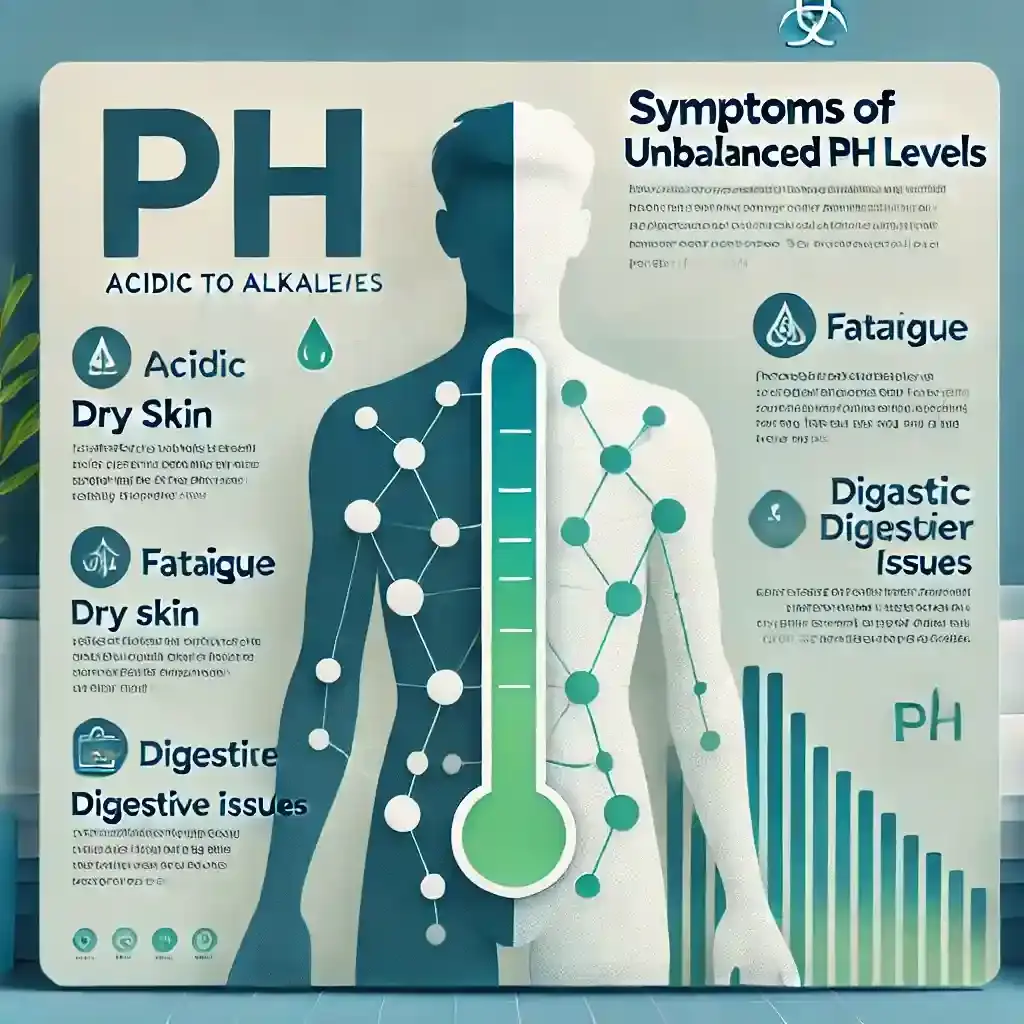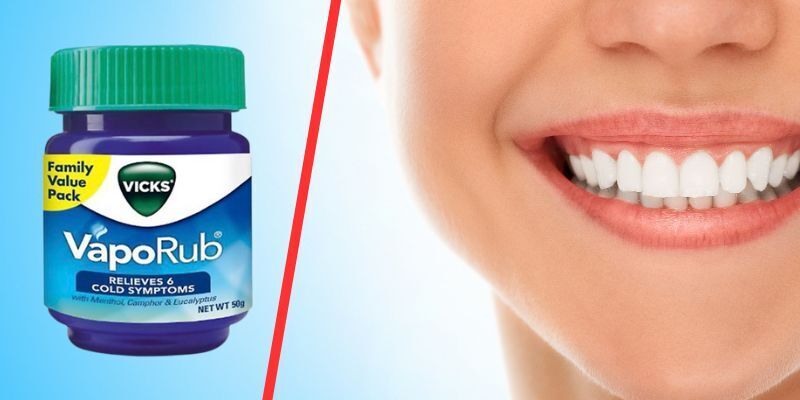|
Cornstarch is naturally gluten-free, but contamination can occur in shared facilities. Certified gluten-free cornstarch brands are safe choices for celiac disease, gluten sensitivity, and everyday gluten-free cooking. |
You pull out cornstarch to thicken gravy or pudding, but a doubt lingers: Is cornstarch gluten-free? It seems simple, but shelves are crowded with labels, disclaimers, and claims. Confusion builds fast, especially if you or someone at home needs a strict gluten-free diet. Instead of chasing myths, let’s lay out what the science, the standards, and real-world practices say.
Is Cornstarch Gluten Free?
Yes, pure cornstarch is naturally gluten-free because corn itself does not contain gluten. Cornstarch is made by extracting the starch from corn kernels, making it a safe ingredient for most people with celiac disease or gluten sensitivity. But here’s the twist: manufacturing conditions can complicate things. Facilities that handle wheat or barley may cause contamination, and this is when a label check becomes critical.
According to the FDA’s gluten-free labeling rule, any product labeled “gluten-free” must contain less than 20 parts per million (ppm) of gluten, a level considered safe for individuals with celiac disease. To stay safe, always choose cornstarch that carries a certified gluten-free seal.
How Can Cornstarch Become Contaminated with Gluten?
Even though pure cornstarch is gluten-free, problems arise in production. A single shared machine can pass traces of gluten into a fresh batch.
Situations that lead to contamination:
-
Packaging lines used for wheat and corn in the same factory
-
Storage silos carrying different grains without thorough cleaning
-
Transport containers are reused between gluten grains and corn
Cross-contamination gluten-free labels matter because they show strict testing has been done. Without that assurance, the powder in your pantry might not be safe for those who are highly sensitive.
Is Cornstarch Safe for People with Celiac Disease or Gluten Sensitivity?
For people living with celiac disease, strict gluten avoidance is the only way to stay healthy. Around 3 million Americans live with this condition, and even a crumb can trigger issues. So this question deserves care.
When certified, cornstarch meets the FDA’s under-20 ppm rule. That amount won’t cause symptoms for most patients. Some certifications are even stricter, requiring less than 10 ppm, so yes, safe, but only when you pick the right box.
1. For Gluten Intolerance
Not everyone has celiac disease. Gluten intolerance or sensitivity still causes bloating, headaches, or fatigue. For this group, cornstarch labeled gluten-free is almost always tolerated. The keyword is labeled. A random box without certification could cause discomfort.
2. For Daily Cooking
People ask: Is cornstarch gluten-free in gravy mixes? It depends. Pure cornstarch works fine, but premade packets often include wheat flour. The safer path is to stick with certified gluten-free cornstarch.
3. For Baking Needs
Questions like whether cornstarch is gluten-free for baking also surface. The answer is yes. Bakers often pair cornstarch with rice flour or almond flour for a light texture. But the same rule applies: stick with brands that confirm certification.
Which Brands of Cornstarch Are Gluten Free?
Not all cornstarch boxes are equal. Some brands make certification a priority; others don’t. Shoppers need names they can trust.
1. Argo Cornstarch
One of the most common boxes in U.S. kitchens. Labeled gluten-free right on the front. Reliable for both cooking and baking.
2. Clabber Girl Cornstarch
Budget-friendly and safe. Packaged with gluten-free certification. Easy to find in most supermarkets.
3. Bob’s Red Mill Cornstarch
Made in dedicated facilities that never handle gluten grains. Perfect for strict diets. Also known for transparency in labeling.
4. Rumford Cornstarch
Another option that carries gluten-free certification. Used widely for desserts and sauces.
5. Store Brands
Many grocery chains now carry gluten-free labels on their generic products. Always confirm on the back panel before buying.
|
Brand |
Certification |
Best Uses |
Extra Notes |
|
Argo |
Gluten free |
Baking, sauces |
Widely sold |
|
Clabber Girl |
Gluten free |
Everyday use |
Affordable |
|
Bob’s Red Mill |
Certified |
Strict diets |
Dedicated facility |
|
Rumford |
Gluten free |
Desserts, gravies |
Trusted option |
|
Store Brands |
Some certified |
General cooking |
Always read the label |
Each of these gluten-free cornstarch brands keeps the risk low. If you want to avoid stress, pick one of these instead of gambling on uncertified packages.
What About Modified Cornstarch – Is It Gluten Free?
Modified cornstarch sounds mysterious, but it simply means the starch has been treated to change its texture or stability. Most in the U.S. is made from corn, so it is gluten-free.
What to know:
-
If wheat is used, the label must say so.
-
Is modified cornstarch gluten-free when labeled? Yes.
-
A safer choice is to always go for certified packaging.
Cornstarch vs. Other Starches: Which Are Gluten Free?
Cornstarch isn’t the only thickener around. Many ask about substitutes and how they compare.
-
Potato starch vs cornstarch gluten-free: both are safe, but potato starch thickens faster at lower heat.
-
Tapioca starch is free and derived from cassava, which is common in desserts.
-
Arrowroot starch gluten-free: smooth, perfect for sauces with a glossy finish.
-
Wheat starch: not safe unless labeled processed to remove gluten.
Each starch has a slightly different behavior. Some clump faster, some taste lighter, but all can be used in gluten-free starches for cooking and baking.
How to Tell if Cornstarch Is Gluten Free at the Store
Shopping for safe cornstarch is easier when you follow a checklist.
Steps to confirm:
-
Look for a gluten-free seal from trusted testers
-
Read the ingredient list; it should say only cornstarch
-
Check disclaimers like “processed in a facility with wheat”
This is how you decide how to tell if cornstarch is gluten-free. Quick checks save headaches later.
Practical Tips for Cooking and Baking with Gluten-Free Cornstarch
Cornstarch works best when handled right. Otherwise, lumps or thin sauces can ruin a dish.
1. Cooking Tips
Start by mixing cornstarch with cold water before adding it to hot food. This keeps lumps away. Always add near the end of cooking, because long heat can break down the starch.
2. Baking Tips
In gluten-free recipes, cornstarch adds tenderness. Pair with rice flour or nut flours for structure. Many bakers use it in cakes or cookies to keep them light.
3. Everyday Kitchen Habits
Keep cornstarch in a sealed jar to avoid moisture and dust. Never scoop with spoons that have touched wheat flour. These small steps stop gluten contamination in cornstarch.
Final Thoughts
So, is cornstarch gluten-free? Yes. Pure corn has no gluten. The worry comes from shared machines with wheat, not the corn itself. Pick gluten-free cornstarch brands, read the box, and you’re fine.
People with celiac disease or gluten intolerance don’t need to avoid it; they just need to choose certified. Store it in a clean jar, away from flour dust, and it stays safe. Cornstarch still thickens soups, gravies, and desserts better than most gluten-free starches. Simple rule: trust the label, not the rumor.
Frequently Asked Questions
Is cornstarch safe for gluten intolerance every day?
Yes. Certified gluten-free cornstarch is safe for daily cooking and baking. The only risk comes from cross-contamination in shared facilities.
Is organic cornstarch gluten-free in all cases?
Not automatically. Organic means pesticide-free growth. Gluten-free requires certification, so both terms must appear on the label for safety.
Can cornstarch replace flour in gluten-free baking?
Yes, but not fully. Cornstarch thickens well, but flours give structure. Use it with rice flour or almond flour for balance.
What brands of cornstarch are gluten-free and reliable?
Argo, Bob’s Red Mill, Clabber Girl, and Rumford are trusted options. Each carries a gluten-free label or certification.
Is cornstarch gluten-free in gravy mixes sold in stores?
Pure cornstarch is gluten-free. But packaged gravy mixes often add wheat flour, so read the ingredient list carefully before buying.
-User-1754380331.png)
Reviewed by







